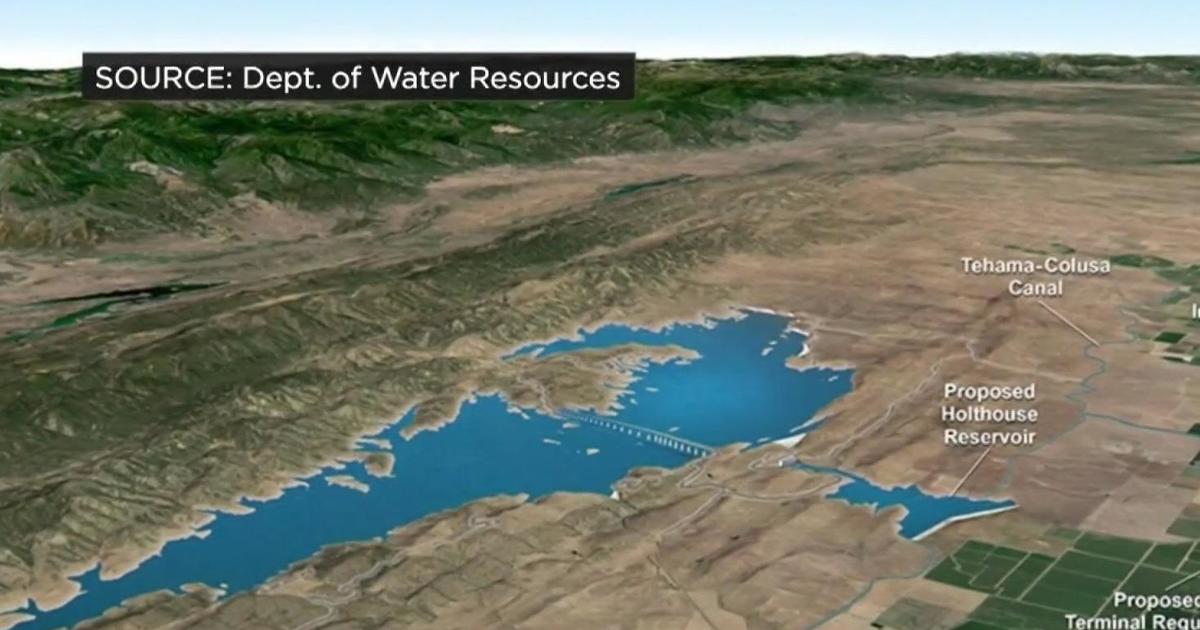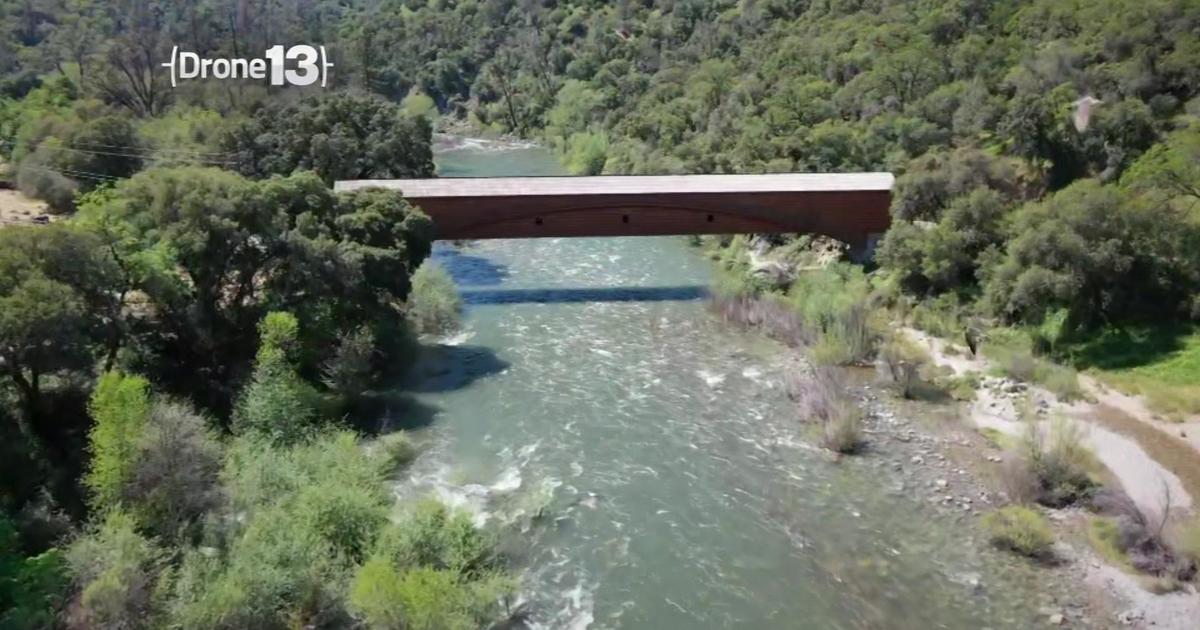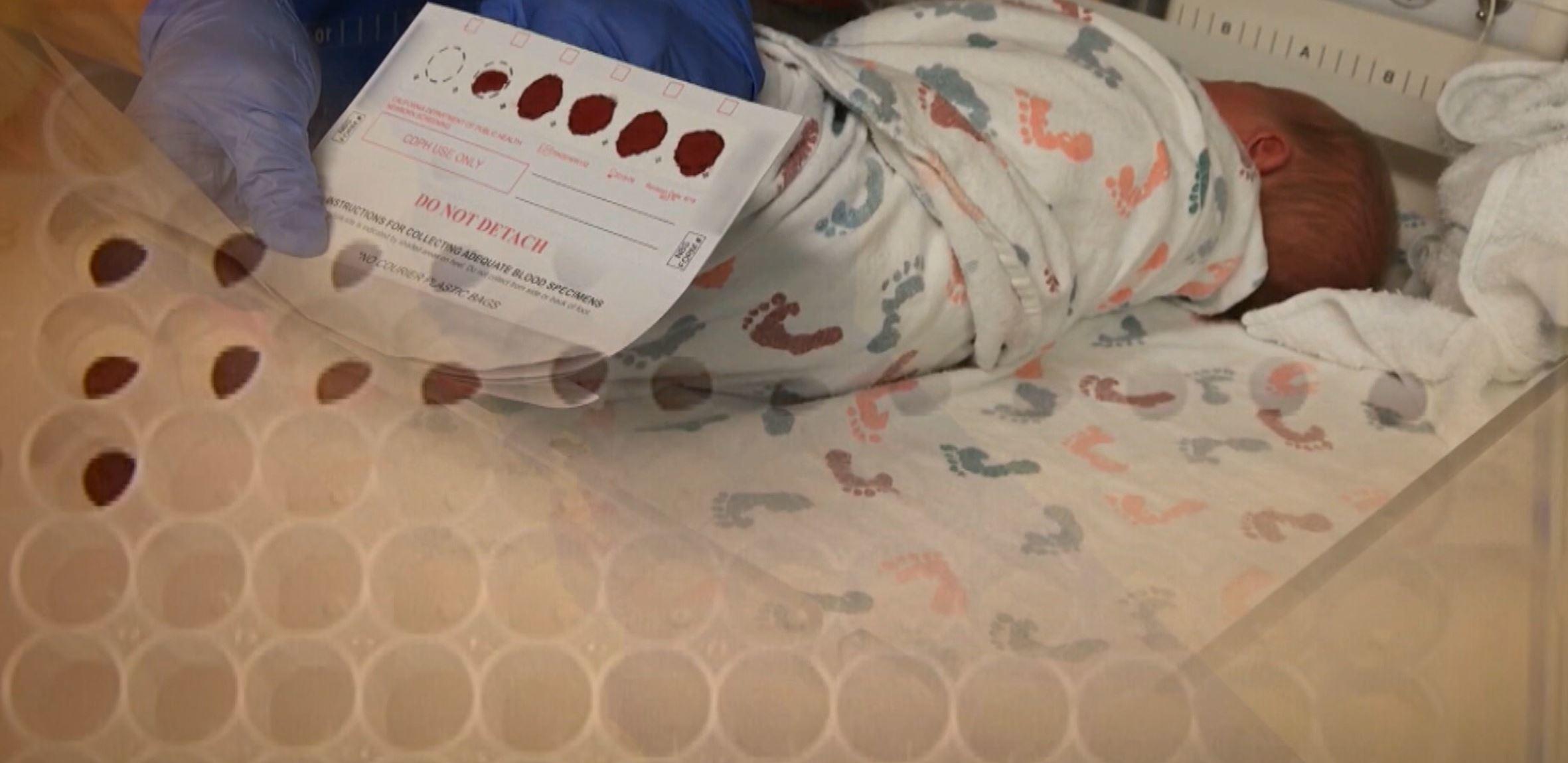Call Kurtis Investigates: State Agency Made Half A Million Dollar Mistake In Energy Rebates
A Call Kurtis investigation looks into a state agency that paid more than half a million dollars in rebates that never should've been paid.
Kurtis Ming looks into the mismanagement of a program many of us paid for on our energy bills.
Trying to get people to create renewable energy, the state offered money it collected to people who bought small wind turbines.
A Vacaville man bought one, but the state denied his rebate, helping us expose this half million dollar mistake.
Hoping to cut down his energy costs, Ron Boatman installed solar panels four years ago and last year, decided to go one step further with a small wind turbine.
"The rebates for the wind generator were really substantial," said Ron.
Ron expected to get more than $7600 from the California Energy Commission to offset the nearly $24,000 he paid for his system.
But after applying for the state rebate, Ron learned his wind turbine no longer qualified.
"They dangled this big carrot in front of you and you go through all the hoops to go green and everything else and once you reach to the carrot, they pulled it away now," said Ron.
"They were sort of asleep at the wheel," said Mike Bergey, President, Distributed Wind Energy Association.
Bergey says the California Energy Commission initially listed dozens of turbines on its rebate list that never should've qualified.
"The turbines had not been well tested," said Bergey.
Our investigation uncovered the state paid Californians more than $515,385 In rebates for turbines, that did not create as much energy as the manufacturer claimed to the state.
In some cases, the state Energy Commission found the claims were "seven and a half times greater than theoretically possible."
"Essentially what they were saying was they had a hummer that would get 150 miles to the gallon." said Bergey.
Once the state realized the inflated figures, it suspended the program in 2011.
The Energy Commission refused to go on camera to explain why they trusted these claims without testing them first, only confirming... they "...Based information on wind turbine ratings submitted by the manufacturers."
-- Amy Morgan, Spokesperson, California Energy Commission.
"They should've been more suspicious of paperwork that is easily forged," said Bergey.
That oversight amounting to a half million dollars some power customers helped pay for each month with a surcharge on their bills... money they won't get back.
And people like Ron who put up wind turbines are out of luck getting their rebates.
Although Ron is pleased his equipment has slashed his energy bills by two thirds.
"I'm not sorry I purchased it, I'm happy it is reducing my bill," said Ron.
We spoke with one of the companies, DyoCore, which had 33 turbines on the list... later determined to have way inflated figures.
The owner, David Raine, told us a third party company came up with its numbers and that third party company refused to speak with us.
Just to be clear, Ron's wind turbine was not a DyoCore.
PG&E customers paid into the rebate program. SMUD customers did not.
CA Energy Commission's Response to CBS13 Questions:
How did the CEC allow dozens of companies, many from China, to be eligible for the rebate program? Whose responsibility is it to make sure these companies are making accurate claims before allowing them to be eligible?
The California Energy Commission based information on wind turbine ratings submitted by the manufacturers. In a move to protect consumers and ratepayer dollars, the Commission approved more stringent guidelines that required manufacturers to receive independent, third-party certification before their turbines could be considered eligible.
With the independent verification, turbine manufacturers were responsible for representing the performance of their products.
DyoCore grossly overstated the performance of itsSolAir turbine by exaggerating its output. Accordingly, the Commission immediately removed DyoCore's SolAir turbine from the list of eligible equipment. DyoCore's claim of was 7.5 times greater than theoretically possible and 9 times greater than the best output of a state-of-the-art turbine rotor with the same diameter.
How much money did the CEC overpay in rebates?
Prior to the Commission suspending the Emerging Renewable Program in March 2011, the Commission paid $515,385 for 33 DyoCore turbine systems.
Were ratepayers refunded any money because of the DyoCore scam?
No.
Was the program closed in part because of this scam?
The program was closed due to the budget act of 2012 in accordance with legislation.
The bill was enacted into law on June 27, 2012, and took effect immediately.
www.consumerenergycenter.org/erprebate/documents/erp_closeout/2012-07-11_ERP_Close_Out_Notice.pdf
What is your message to ratepayers who paid money for rebates that should never have been given?
The Energy Commission became aware of the problems with the program when the Commission was flooded with more than 1,000 rebate reservations for small wind systems using DyoCore turbines. The Commission responded swiftly by installing safeguards which included immediately suspending the Emerging Renewables Program, removing DyoCore's turbine from the eligibility list, requiring manufacturers to receive independent, third-party certification, and restricting the rebate at 50 percent of the purchase price.
-- Amy Morgan, Spokesperson, CA Energy Commission
----------------------------------
DyoCore Statement:
Please also note that my turbine had more testing and qualification done than 99% of all other products CEC ERP listed prior to that time of the CEC inquisition. Below is just some of that material. Our Turbine was the First ever field quality tested by TUV and passed!
1. John Livery's statement and SolAir power curve. 3rd party physicist that reviewed DyoCore's Hampshire IL Test Site raw data for assessment and compilation to a power curve as suggested by the IEC standard. http://www.dyocore.com/material/cec/solar_pc_jl.pdf
2. TUV Field Electrical Safety Evaluation. Link: http://www.dyocore.com/material/cec/TUV_evaluation.pdf
3. DUNN SAVOIE INC. Structural Engineers, Structural Calculations for DyoCore SolAir Wind/Soar Hybrid Generator. December 15, 2010. Link: http://www.dyocore.com/material/cec/Dyocore_structural_justification_Calcs.pdf
4. Eilar Associates, Inc. Sound test. Links: (1) http://www.dyocore.com/material/cec/Sound_Report_Twin_Oaks_Site-de.pdf (2) http://www.dyocore.com/material/cec/SolAir_Sound_Report-ah.pdf (3) http://www.dyocore.com/material/cec/SolAir_Sound data_summary_033010.pdf
5. Paul Gipe's Report on Testing Power Curves of Small Wind Turbines. Link: http://www.dyocore.com/material/cec/Testing_the_Power_Curves_of_Small_Wind_Turbines.docx
6. DyoCore's SolAir stamped Engineering Drawings. Link: http://www.dyocore.com/material/cec/Dyocore_Drawings_Stamped_121610.pdf
7. DyoCore's agreement with SWCC. Link: http://www.dyocore.com/material/cec/dyocore_agree_SWCC.PDF
The ERP was created to encourage "Emerging" renewable technology. Someone creating a turbine in their garage qualifies as "Emerging" you would think. I was obviously quite busy being the target of "fraud" by the CEC for a while there, not specifically by the CEC, one person in the CEC- at the last hearing he was set in his place by the CEC commissioner but it was too little too late by then.
This entire event really made me question myself, my product and the business world in general. What is "Value". No one wants to sell a product that doesn't provide value, but what is that value? It is different for just about everyone. At one time I owned 4 cars and 3 motorcycles, but why? 6 of those vehicles were a waste of money and resources - one of them didn't even run. Each had a unique value to me even though they were all a loss of resources and money. I try hard to really find that value today when I sell a turbine. Why would someone want it, how do they plan on getting value from it is my focus. it mostly results in a loss of a sale but hopefully puts value back into my efforts. Some could argue the tax payers, including myself, put the money into the CEC program and expected value - if that is the argument than we must first begin on rethinking government policies to simply take the money and government spending of that money - and not focus on the small companies with integrity that don't have lobbyist or government contracts in our back pockets to benefit from the governments lack of accountability and responsibility.
Pertaining the statement, that was the draft complaint statement and part of the witch hunt by the CEC attorney advocate/paralegal who I mentioned above was ripped apart in the last hearing by the CEC commissioner. The statement was revised:
4. DyoCore stipulates that data it submitted to the staff in connection with the listing of the turbine was inaccurate. This is not an admission of wrongdoing. The Commission should accept this stipulation.
I didn't 100% agree with the statement but it was a means to an end to get the system back up and running.
Why did the program shut down? The timeline was 1. suspension of the program for a brief time to draft up a "Qualification" guideline for listed turbines. 2. the accepted new ERP guidelines were implemented about 3 or 4 months after the suspension and required SWCC formal rating to AWEA standards. 3. AWEA had not yet established the standards but were close and SWCC had never actually tested a turbine and only had 3 at the time, including ours, that they had in the works waiting for testing standards to be accepted. 4. Testing standards were accepted in late 2010 by AWEA and SWCC. 5. the first few turbines, maybe 2 or 3 out of hundreds, renewed their listing with the ERP a few months later or by early 2011. 6. Mid 2011 the CEC cancelled the ERP program.
From my understanding the only about 2.5 million (2 million post event) in its entirety were every paid out to individuals that purchased qualified equipment in the over 12 years of the program. Well over 100 million was funded into the program and the program funds were tapped by several other agencies throughout the years. I do not know if this directly or indirectly financially bankrupted the program. It was definitely not from turbines being installed.
CEC didn't make any money - they only helped other's make quite a bit. For example SWCC Board members were turbine manufacturers, they were also the first turbines to be qualified under the new program... They were also quite aggressive in the removal of all other turbines from the ERP. At one meeting Mike Bergey got up and told the commission that all of China were crooks and scammers and all China listed turbines should be immediately banned. Note that Bergey was one of the largest benefactors of the program and pretty much his entire revenue base was from the ERP. His turbine was also self-listed through KEMA with less official certification than ours and in fact was not allowed to even be installed in most CA cities whereas - our turbine, SolAir, qualified in most any CA city - this qualification for permitting was very formal and had nothing to do with KEMA or the CEC. SolAir is still one of the only allowed residential turbines in most areas.
-- David Raine, Owner, DyoCore



